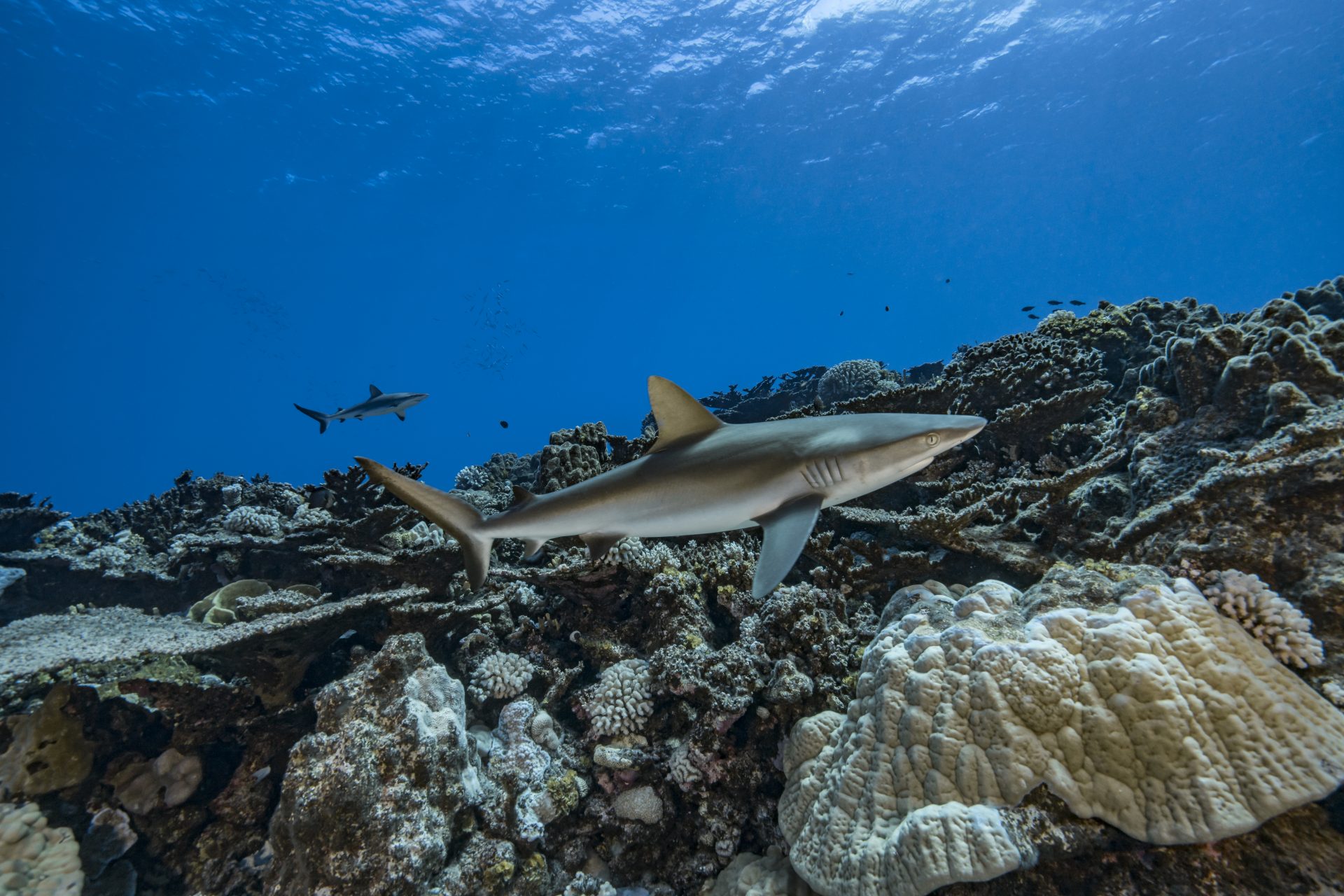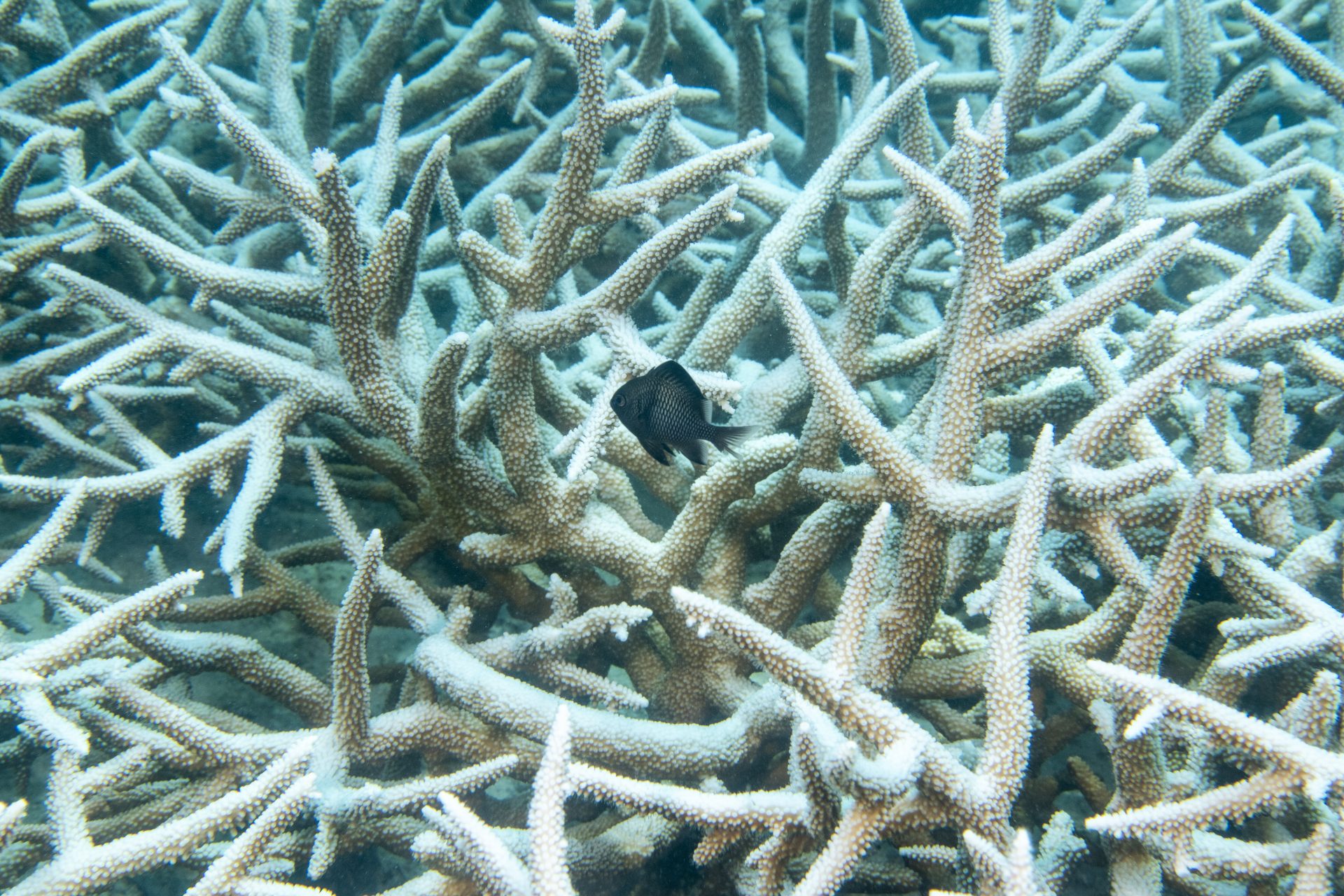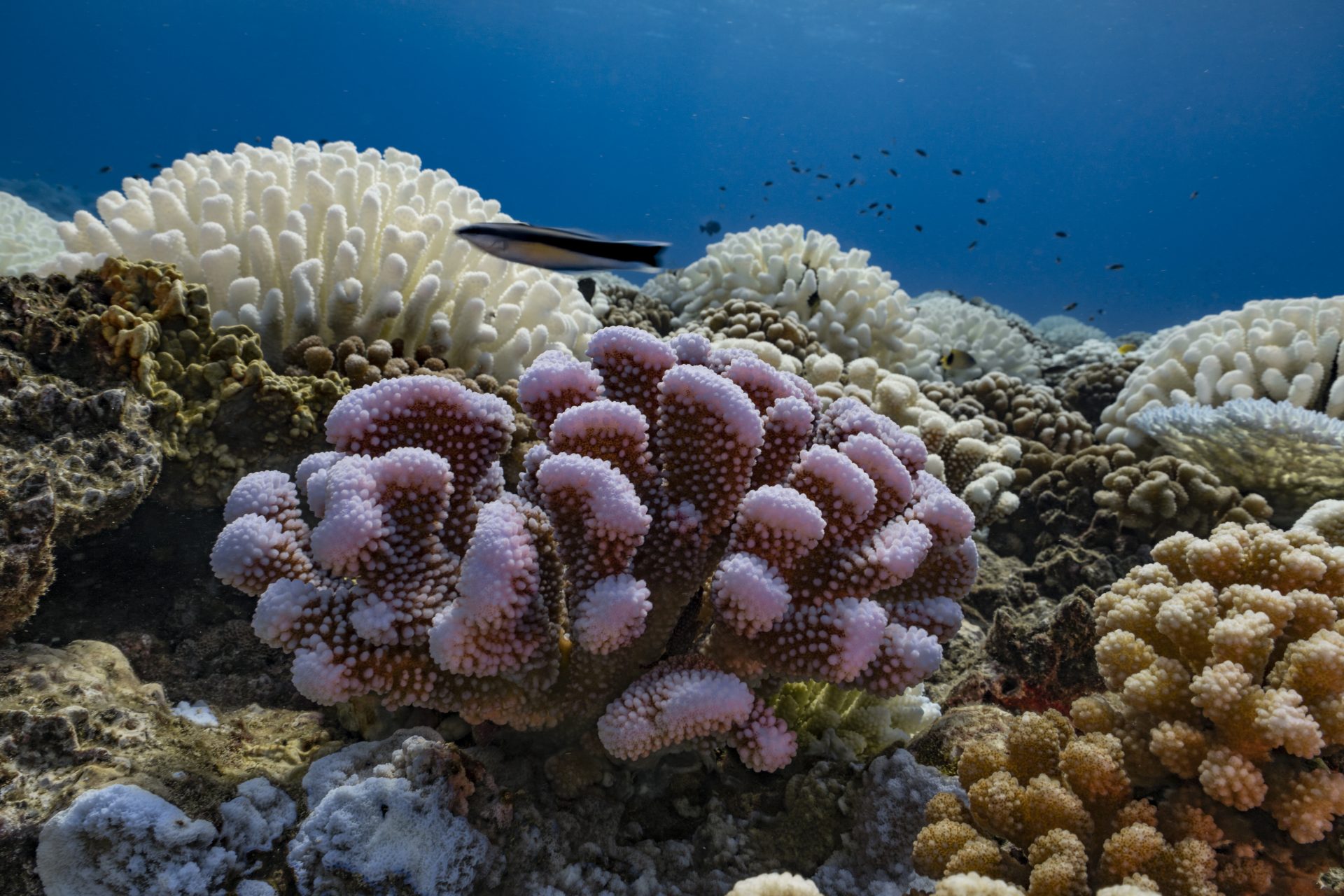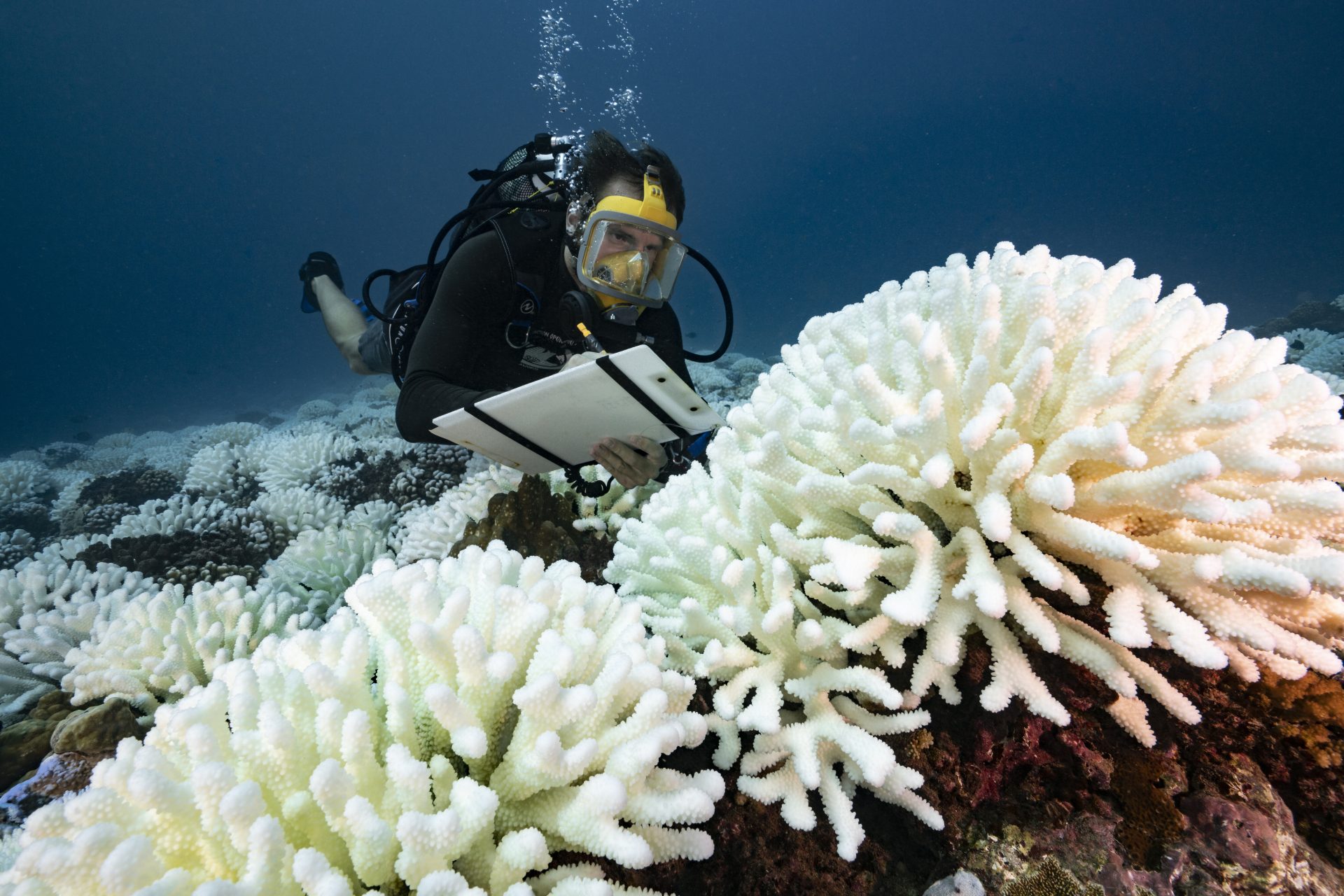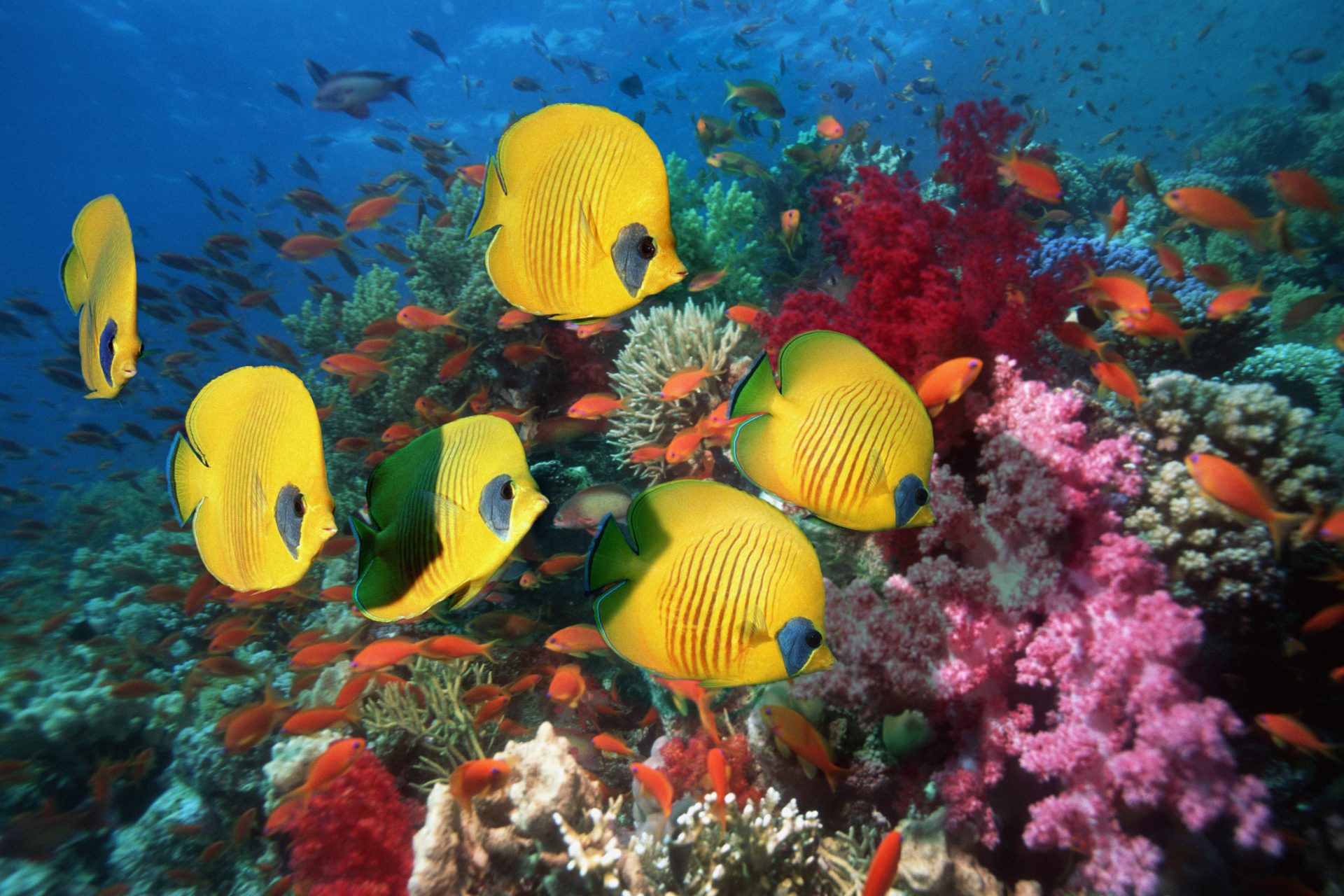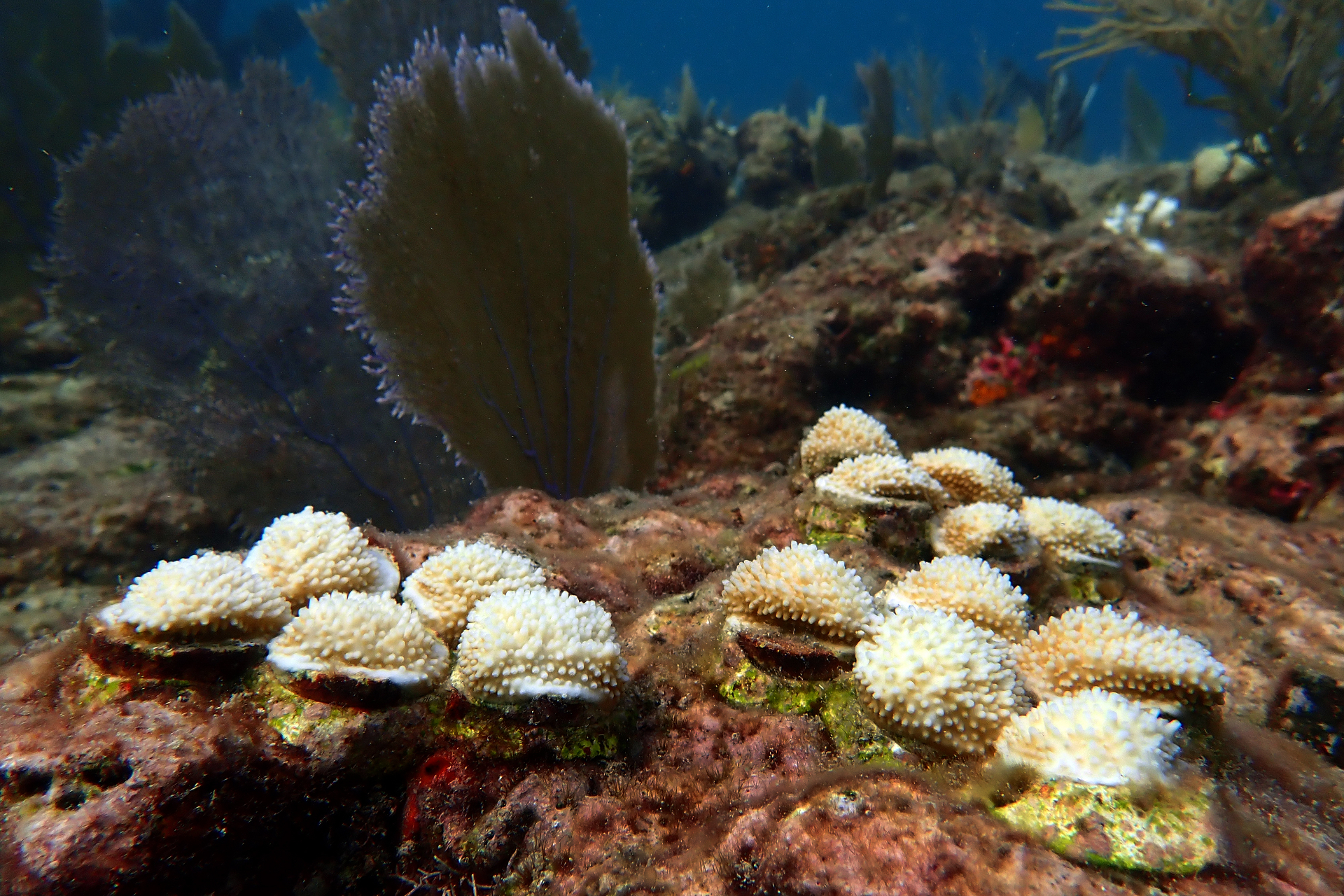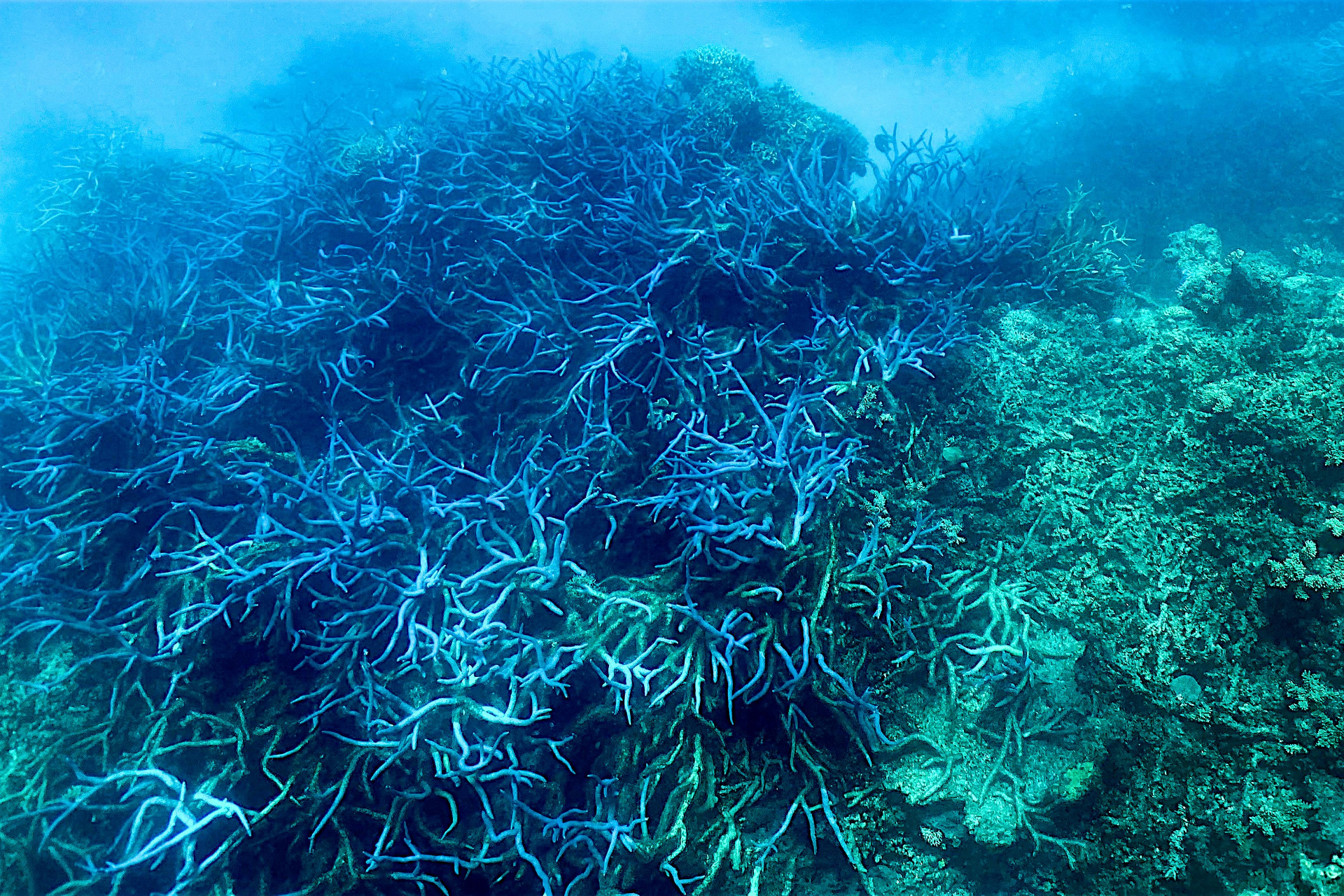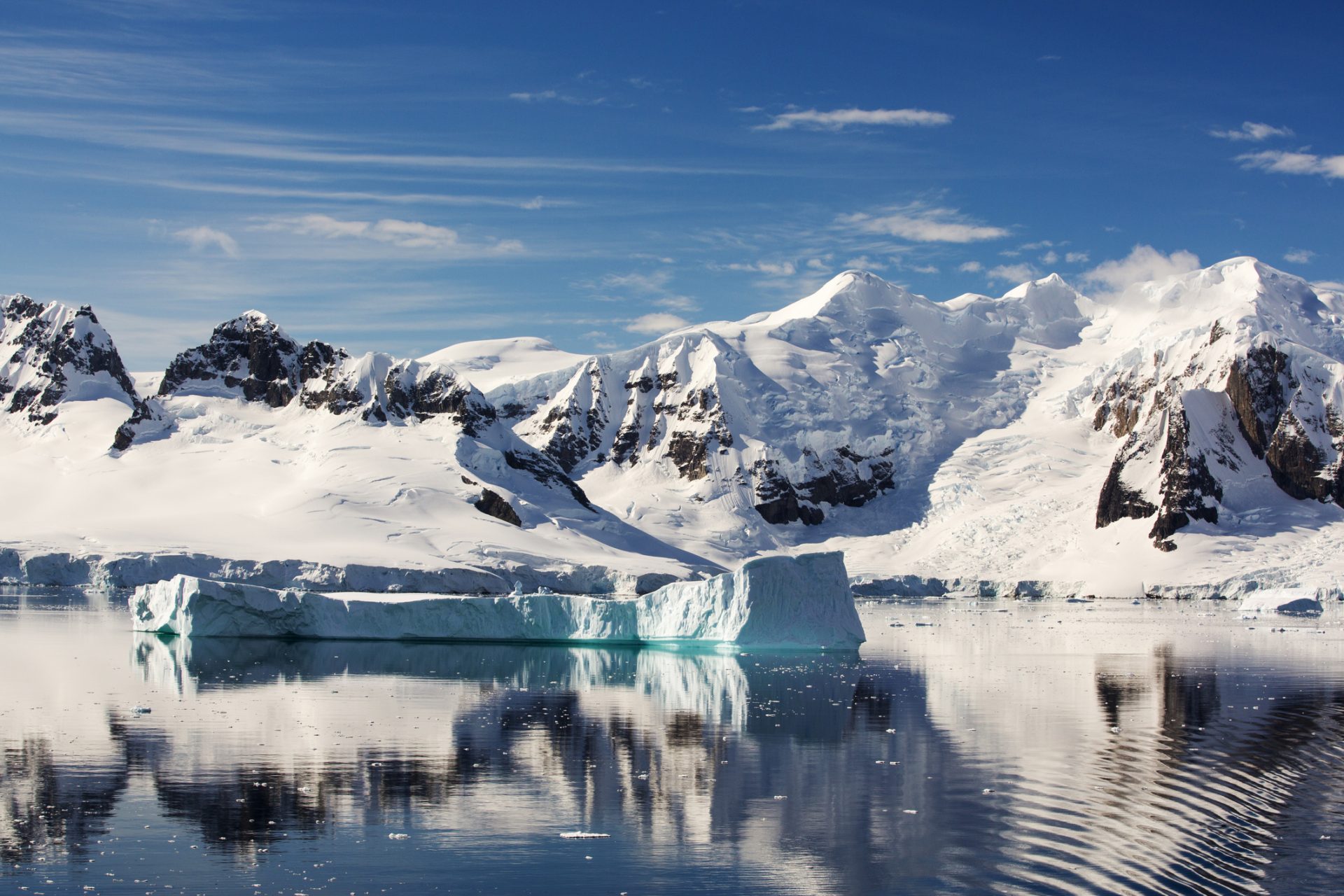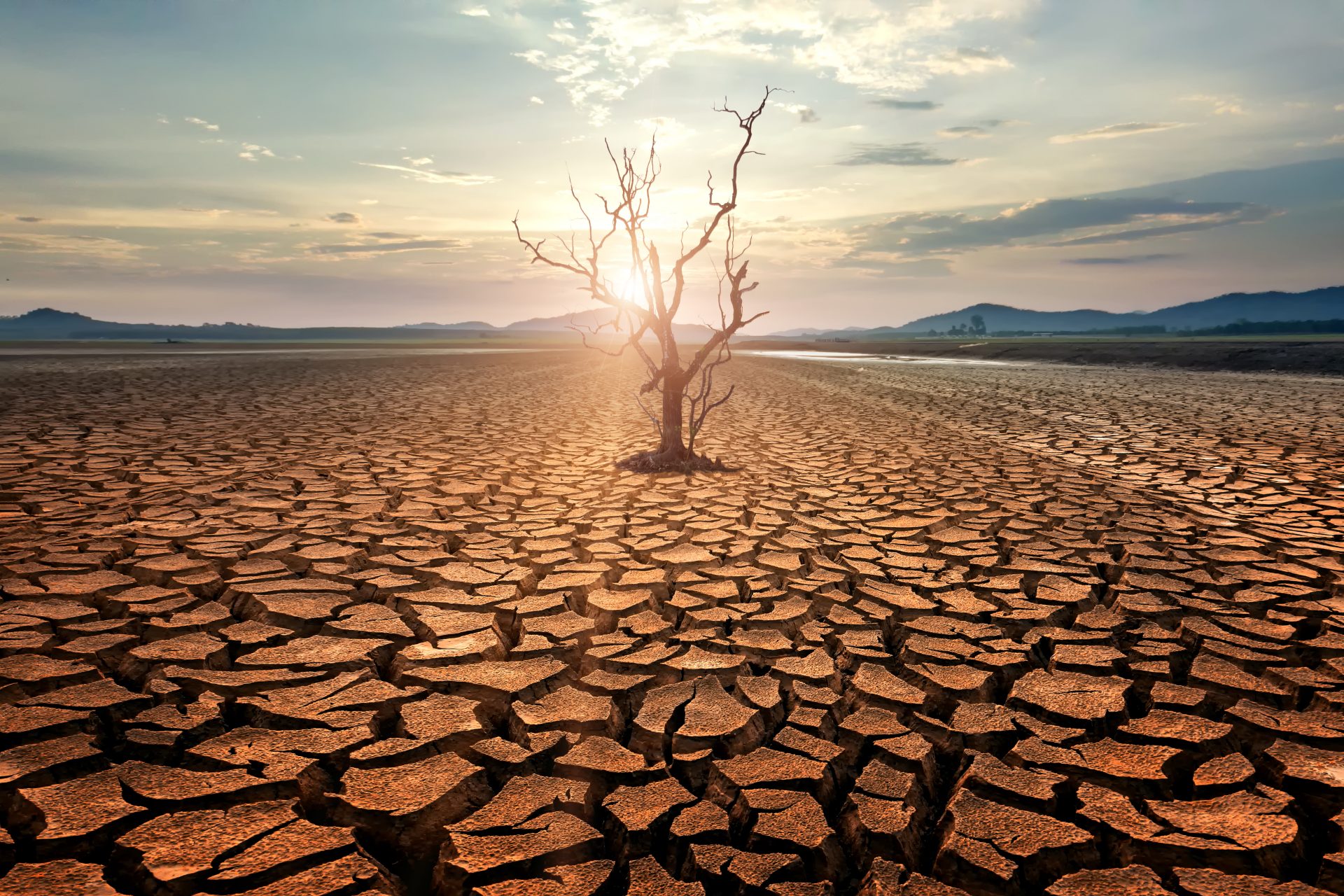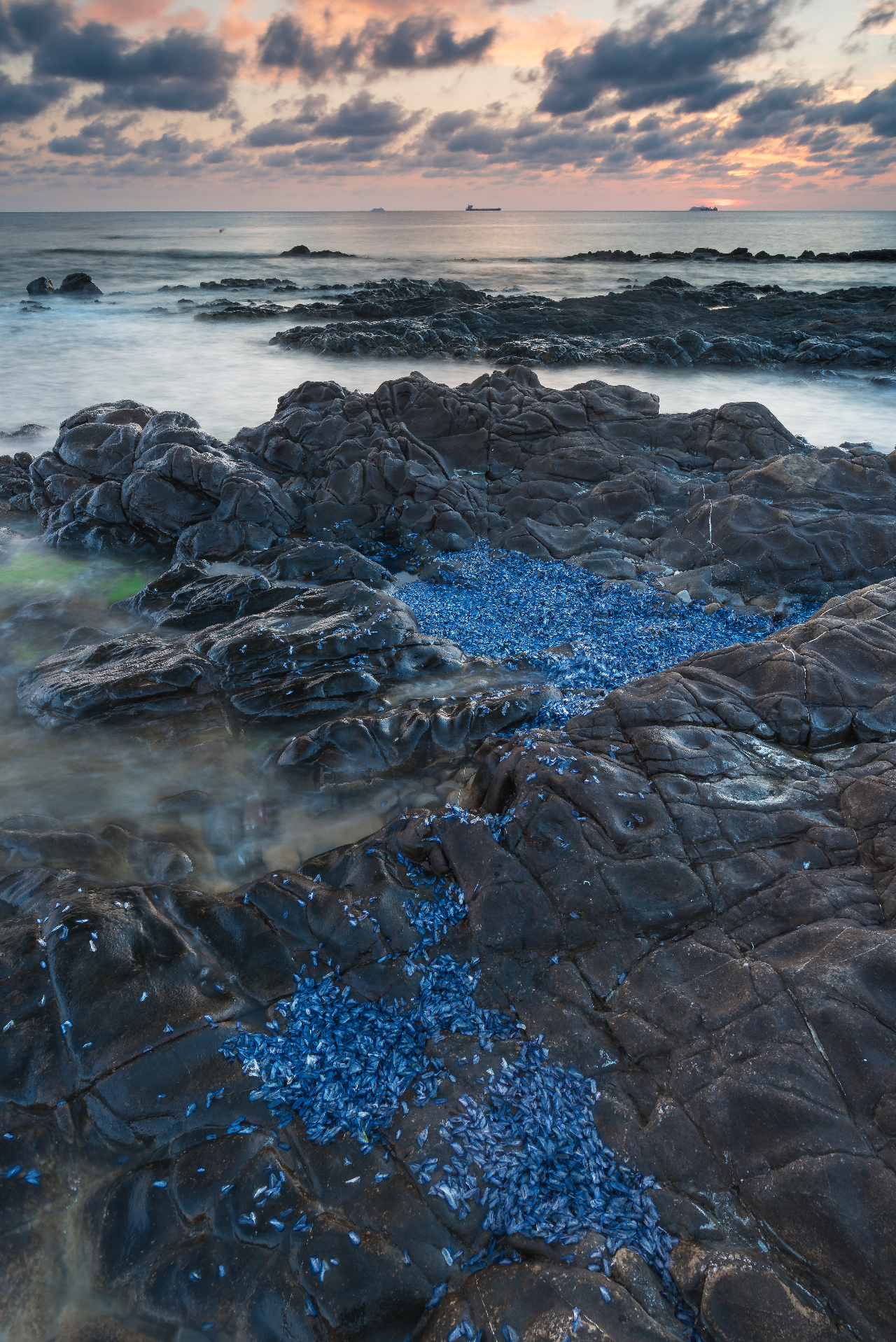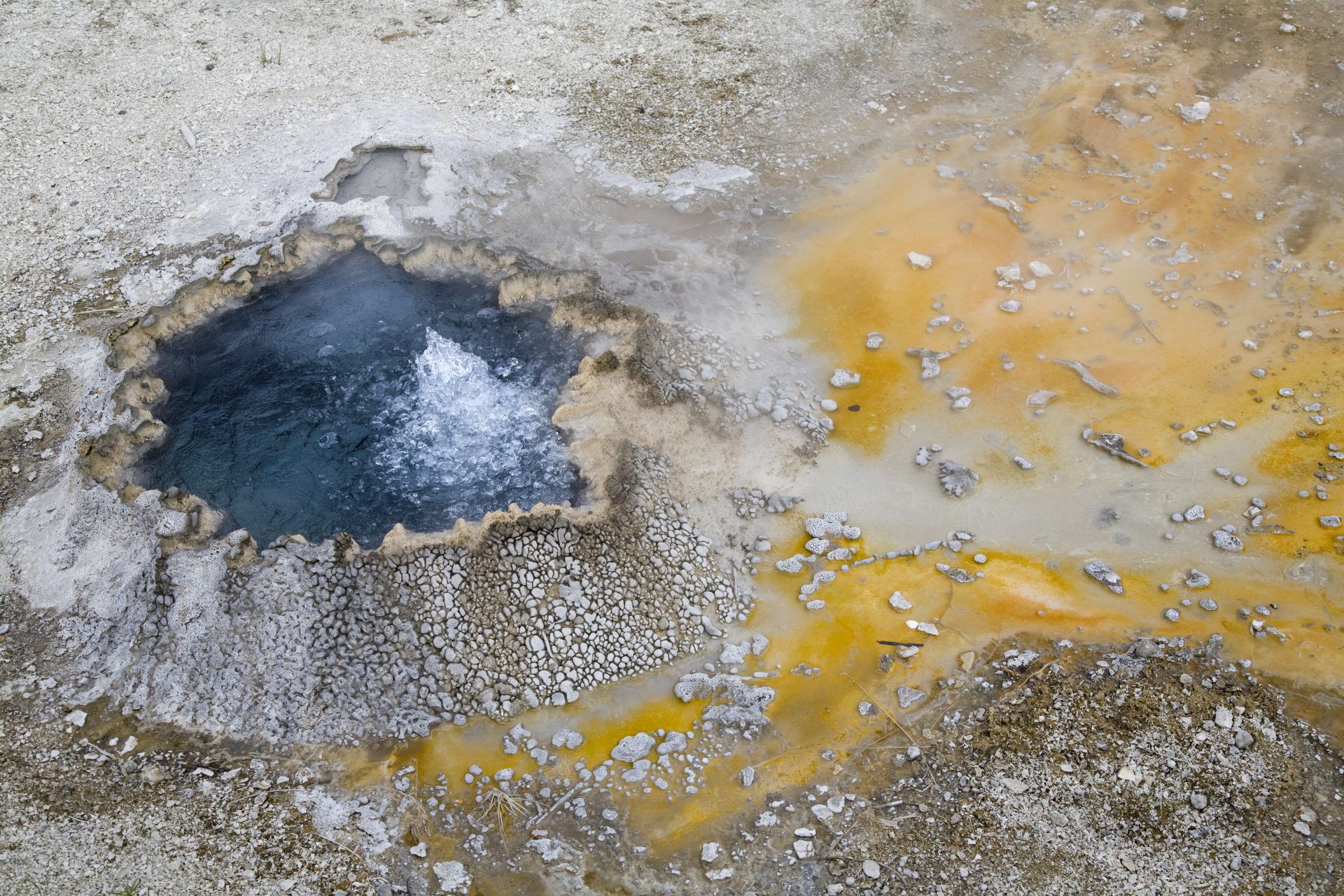Science is in a race to save a vital resource: coral reefs
Researchers are rushing to find solutions to save coral reefs from rising water temperatures; the solutions range from gene editing to identifying resistant species.
According to The Guardian, a team at the Wellcome Sanger Institute is working on the Aquatic Symbiosis Genomics (ASG) project to analyze the DNA of coral.
The program's goal is to study corals' symbiotic relationship with algae, something research knows little about. This could lead to gene editing for adaptation.
Still, some adaptations are happening in nature. A new study by researchers at the UH Hawaiʻi Institute of Marine Biology (HIMB) identified Hawaiian species of coral that have the potential o adapt to raising temperatures.
According to a press release, “eight of the most common species of coral found in Hawaiʻi can adapt to and survive ocean warming and acidification” in the right conditions.
Coral Reefs are a crucial maritime ecosystem. According to The New York Times, scientists estimate that they once nurtured at least a quarter of all ocean species. They are worth $2.7 trillion annually.
Coral reefs are vital sources of food and income for those who depend on the ocean, especially fishing, for survival. Thousands of communities around the basins of the Pacific, Atlantic, and Indian Oceans depend on coral reefs.
Still, human activity keeps endangering them. This year, the US National Oceanic and Atmospheric Administration reported that 54% of reefs were under bleaching risk, rising by 1% each week.
Corals bleach because the symbiotic algae that give them their color, which they depend on to survive, dies under high water temperatures.
Worldwide bleachings have happened, and the percentage has kept rising. The first recorded was in 1998, with 20% of coral reefs affected.
In 2010, 35% of the world's coral reefs were under bleaching-level heat stress, a 15% rise from 12 years earlier.
The last bleaching event extended from 2014 to 2017, impacting 56% of all coral reefs. Ecosystems can recover, but only when waters turn cold again fast enough.
Still, we have already crossed a perilous line. According to the experts cited by The New York Times, most coral reefs will die after the world reaches a temperature of 1.5°C (34.7°F).
Those experts believe that all coral reefs will die if we reach the absolute limit of 2°C (35.6°F) set out by the UN and several nations in international agreements.
More for you
Top Stories




